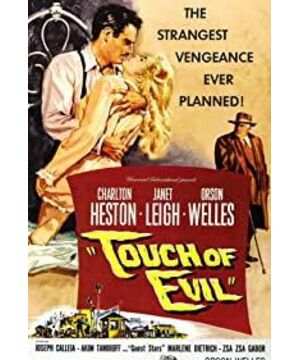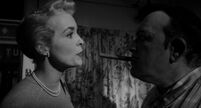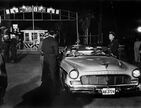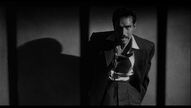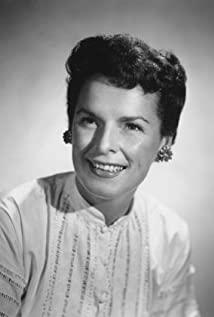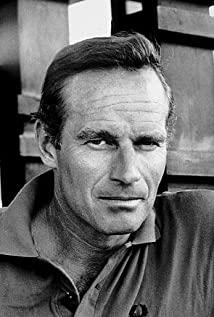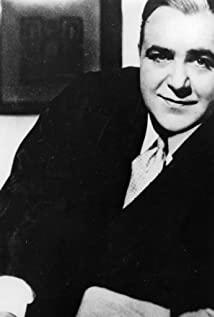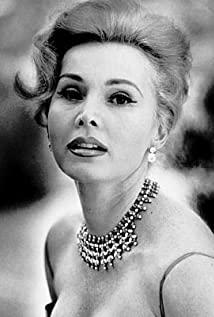7.9
Isn't this the poem, the crowd thought she was beckoning, but in fact she was crying for help-this ridiculous scene appeared when Susie was frightened by the hanging head. An empty shell of public power and private power is placed on the surface, but the fact that procedural justice defeats purpose justice is too simple. Because the times have changed, the actual route has always been the psychology of the character. Hank Quinlan’s arrogance stems from his fear, but his gaze helps us stay away from him. The extreme elevation and depression angles are subjective shots, who Will stare at him like that. In the end, our feelings for him are only from the old bustard and partner.
"This is a real movie." Everyone is using these words to describe their favorite movie, so this is a real movie. For me, the long shot from the close-up has a theological meaning. The horror is publicized in advance, and the screen can also span from the nearest scene to the farthest. The interior finish is a kind of montage effect: both in time and space. Deep, but the amount of information is cut clearly to create meaning. Both the side and the side of the border line have stable structures that are unique to their own environment. The interlacing of the sports car and Susie Vargas is a process of entropy increase, and they both exist as intruders in mutual order.
In terms of structural narratives, Quinlan’s lameness symbolizes a certain kind of inner deficiencies in his heart: the fact that his wife is strangled to death always haunts his mind, or is drunk or awake; and no matter how bad the methods are, he will Ensure that justice is victorious. But there is no need to use this method of analysis. He is Orson Wells and Quinlan is another citizen, Kane. The case of his wife's murder is another kind of irony to the film noir. It shows that the character's past will not be revealed step by step. Apart from providing proof of his final murder method, it has no psychological turning point. The flaw of Quinlan's lameness does not delay him from pursuing the murder or murder. Sanchez confessed that no one is innocent in the pre-archive history. The rose bud used to be nothing, but this time the epilogue means that he has only suffered two bullet wounds. For the rest of his life, he was paying off debts for his disability, saying, "Peter, this is my second shot for you."
The greatest sense of humor lies here, not the music that the night watchman suddenly turns off. When Quinlan is dead, Vargas will become him. He suspected Quinlan, also relying on a kind of so-called "intuition"; and his ultimate method of collecting evidence was to attack the next three ways, angering the Mexicans without evidence, and devising wiretapping. The murder of his wife once happened to Quinlan, letting Quinlan understand that "no matter how bad the methods are, he must ensure that justice is victorious." When Vargos's wife was framed, what he went on was also not. A path that is not bright. It is inevitable that he will finally be convinced of Quinlan's philosophy, and then become evil itself. The popular "Memories of Murder" also designed the same two-person relationship, but that was almost fifty years later. The last sentence of the old bustard is right, "In a sense, he is also a person." This is not only a very calm sense of humor, but also filled with Wilson's helplessness towards the fate of mankind. "Your future has long been wiped out." While they were staring at the abyss-which may have the meaning of so many characters looking up shots-the abyss was staring at them. After all, it is conscious that such an extreme elevation angle is a subjective lens: otherwise, who would look at him like that.
There are three versions, right, I watched 111 minutes, I don’t know if I need to worry about it. The translation of "Beautiful Lady in Li Jie" is really bad.
View more about Touch of Evil reviews


